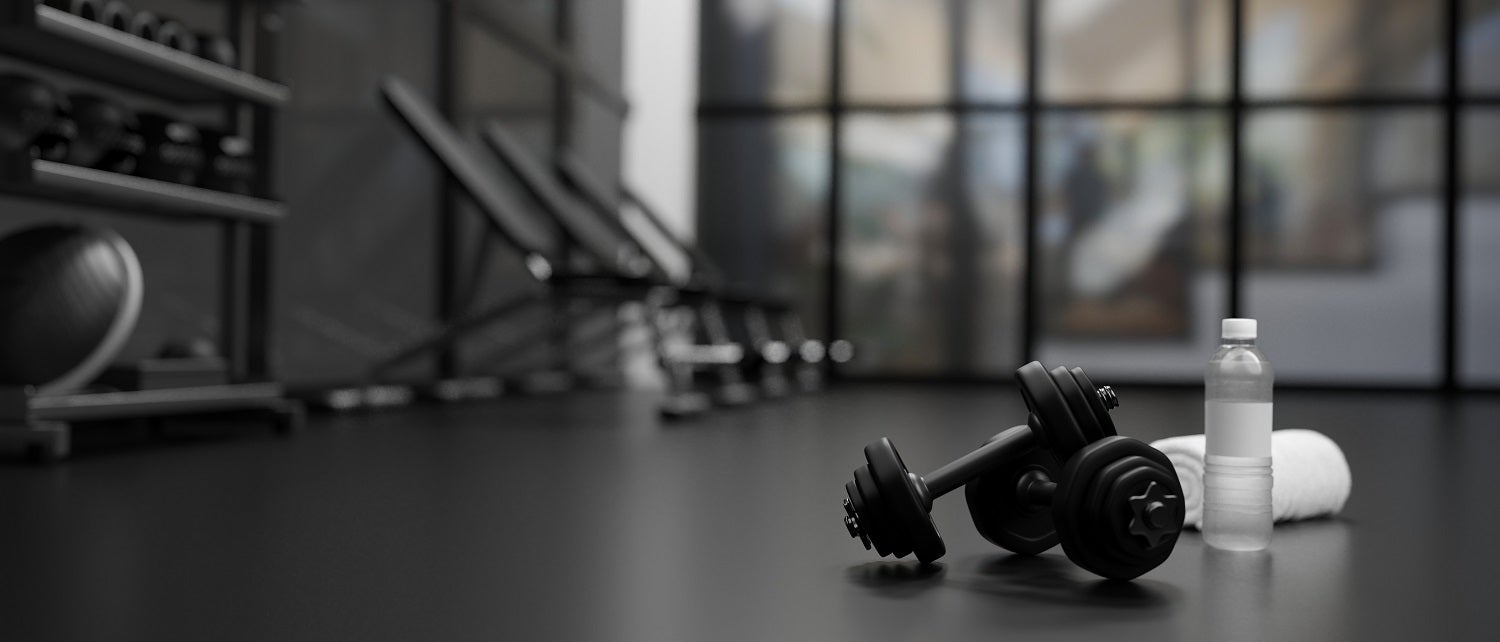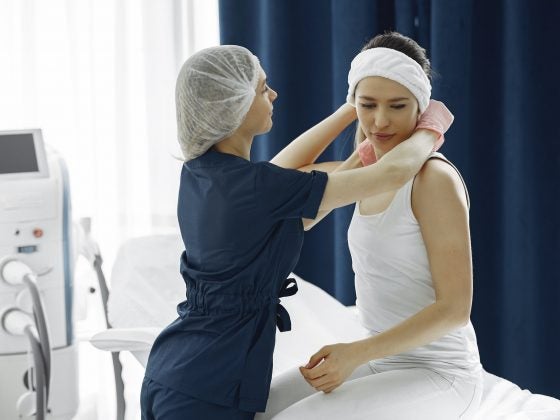After an intense gym session, a lot of people tend to skip the post-exercise stretch and cooldown. If you’re guilty of this, it’s time to stop. Cooldown activities are a critical part of any fitness routine. They ease you out of your workout, and allow your breathing and heart rate to go back to normal. They also help reduce soreness, speed up tissue and muscle recovery, and lower the risk of injury.
The right cooldown activity will depend on certain factors, such as the type and intensity of your workout, and whether you’re experiencing any pain or soreness. Here are six of the common ways to cool down and relax after a heavy session at the gym:

1. Get A Massage
Mild pain is normal after intense and vigorous training. According to a study published by the Sarasota Sports Medicine Journal, when you’re exercising, the muscles are constantly contracting and activating, so some inflammation is to be expected. However, if the pain becomes too overwhelming, consider getting a deep massage with an anti-inflammatory lotion, or use a CBD massage oil for pain relief.
Although there are conflicting studies about how effective a massage can be after a strenuous workout, there’s some evidence that deep massages performed by professionals can help with reducing swelling and muscle damage. A deep massage helps lubricate the fascia, the body’s largest connective tissue, so your muscles can work more fluidly. It can also break up adhesions or knots to get your muscles back to their proper alignment.
If you can’t afford a full-out massage, consider investing in a foam roller. Place the roller on the floor and, using your body weight, roll it along your neck and back. Make sure to avoid putting too much pressure on your muscles as this can exacerbate their already stressed condition.
2. Stretch
Stretching after strength training and cardio workouts is a must. It allows your heart rate, blood pressure, and body temperature to go back to their normal levels gradually. Stretching also helps with the recovery process. When you work out, the muscles get tight, leaving the tissues in a tense state. Stretching allows the muscles to relax and return to their resting condition.
When you take the time to unwind the muscles properly, you may also help improve blood circulation, boost mobility, and stimulate your body’s parasympathetic response—which is a relaxed state that triggers muscle recovery.
Here are some tips to keep in mind when you’re doing some post-workout stretching:
-
Stretching is most effective when it’s done immediately after a workout, so don’t skip those yoga poses and walking lunges. Otherwise, you increase the chances of sprain or muscle strain.
-
Do a few minutes of static stretching, which is moving into a stretch position and holding it. Couple this with deep, even breathing to bring down your heart rate gradually.
-
You can also try low-intensity cooldown exercises, such as swimming a couple of easy laps, jogging, light pedaling, or going for a short walk.
3. Hit The Showers
According to a study published in the Journal of Science and Medicine in Sport, athletes who soaked in cold and hot water alternately after exercising reported a notable reduction in their blood lactate levels and heart rate. After you finish stretching, hit the showers, but make sure that it’s not cold throughout.
4. Hydrate
An intensive workout means you’re expending a significant amount of water from your body. You’ll need to replenish the water you’ve lost. Rehydrate with plenty of water or electrolyte drinks to reduce muscle soreness, and improve your flexibility and strength. Just make sure to choose sports drinks that contain less sugar, so you’re not wasting all the time you’ve spent inside the gym.
You can also drink some peppermint tea. Peppermint contains menthol, a well-known cooling compound. Although you’ll most likely be reaching for the iced variant, a study from the Sports Medicine Journal suggests that having a hot drink in dry climates can help you cool off better. The heat from the drink helps you sweat. When the sweat evaporates, you’ll feel a noticeable cooling effect in your body. However, if you’re located in humid climates, this method won’t work as well, so it might be best to stick to iced tea.
5. Grab A Protein Shake
A protein shake is always a good idea after a workout. It helps your muscles regain the lost carbohydrates and protein that they’ll need to recover and rebuild. To get the most out of this habit, make sure to drink one 15 to 30 minutes after you finish your workout. According to Men’s Journal, this metabolic window of time is when your muscles are most reactive to nutrient absorption.
If a protein shake isn’t your cup of tea, a glass of chocolate milk is also a viable alternative. Chocolate milk contains calcium, protein, vitamins, and minerals that can help speed up recovery.
6. Try Icing
If you’re feeling hot and sore, place some ice inside a plastic bag and apply it on wherever you’re feeling sore. If you’re pressed for time or worried about the mess, you can also use saran to wrap the ice around your body. Another option is to tuck your towel in the freezer or fridge before working out. When you’re done, there’s a chilled towel ready to cool down your hot body.
Final Thoughts
Don’t let post-workout heat, pain, and soreness get you down. There are plenty of exercises and measures that you can use to cool down and relax after an intense physical activity. The ones listed above are just some of them, but there are so many others that you can try out.
Make sure to seek out and consult a personal trainer to help you adjust or develop a cooldown routine that’s tailored specifically to your needs. They’ll ensure that your routine addresses goals, areas of concern, or previous injuries that you may have. They’ll also provide valuable feedback to maximize your performance while also keeping you safe and healthy.

















